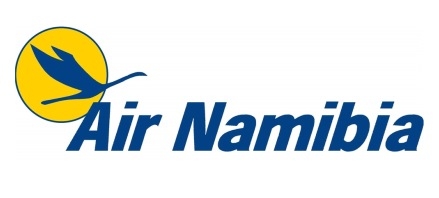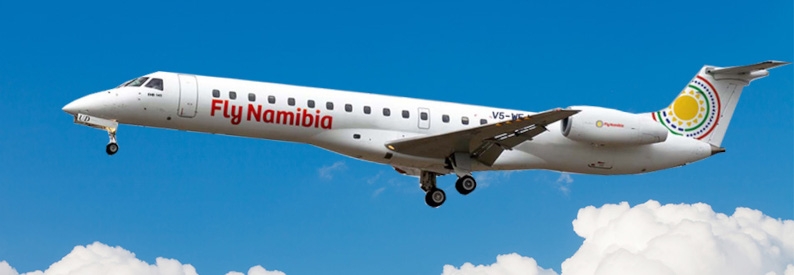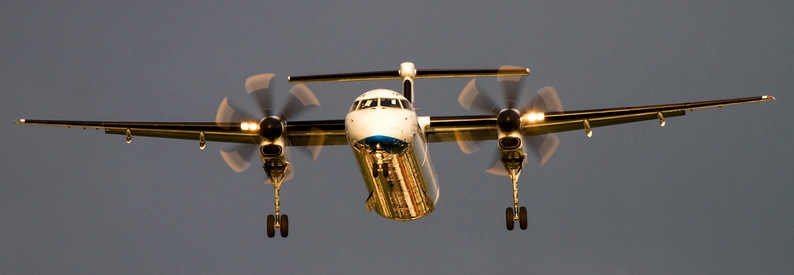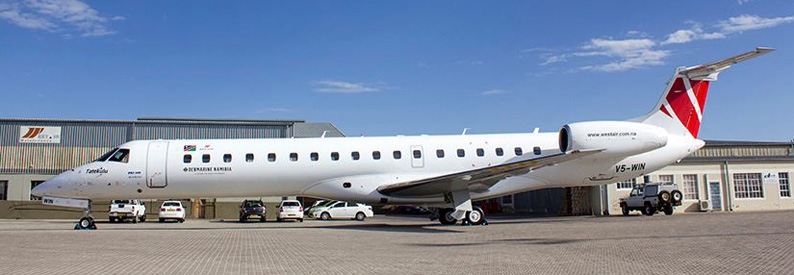Namibia has disclosed it paid NAD1.6 billion Namibian dollars (USD109.5 million) to Castlelake to terminate the lease contracts of two A330-200s, msn 1451 and msn 1466, of its now-defunct flag carrier, Air Namibia (Windhoek International).
The country’s Public Enterprises Ministry has eventually taken the wraps off its 10-month negotiation process with the lessor, saying the settlement presented a saving of NAD667 million (USD44.4 million) compared to a default scenario – but still cost Namibian taxpayers NAD5million (USD340,000) in legal fees. The funds were transferred to Castlelake on July 30, 2021, according to a statement by Public Enterprises Minister Leon Jooste.
Air Namibia went into voluntary liquidation in March 2021 and the aircraft have been returned to the lessor. Both are now at Leipzig/Halle airport awaiting conversion into dedicated freighters.
Concerned about its exposure to lease payments that were becoming unaffordable, the Namibian Cabinet in August 2019 already instructed Jooste to visit the company to settle the leases paid by the Treasury and secured through government guarantees. At that point, the government could either default, look for another operator to take over the leases, buy the aircraft and resell them, or negotiate a settlement. Although the state considered a purchase and resale or sub-lease initially, the advent of COVID-19 and the sudden glut of spare aircraft available worldwide had put paid to that.
On August 25, 2019, the Namibian Cabinet had appointed law firm Engling, Stritter & Partners at a fee of NAD497,095 (US33,897) and ICF Consulting (UK), which earned NAD4.4million (USD303,550) to terminate the A330 leases with Castlelake and two A319-100 leases with Deucalion Aviation Funds under favourable terms and settle the government guarantee. The process was led by a government committee driven by the Public Enterprises Ministry, supported by the Finance Ministry and the Office of the Attorney-General.
Negotiations had begun in September 2020. “This was an intense and extremely complicated negotiation process that went on non-stop for ten exhausting months," Jooste remarked.
Had the negotiations been unsuccessful, Castlelake could have called for the full guarantee of NAD2.3 billion (USD154 million) for both aircraft to be paid immediately.
“I believe that we were successful when one considers the baseline from where we started, the fact that the lessor had grounds to call on the (government) guarantee resulting in a USD154 million (minimum) immediate payment, and the risk mitigation measures built into the agreements. I further believe that the cost of around NAD5 million spent on professionals to provide the required technical assistance represents incredibly good value and was money well spent considering the fact that we are saving Treasury close to NAD1 billion (USD68 million) that can now be redirected towards other important priorities.”
Jooste said the Namibian government had managed to negotiate a gross amount of USD59 million per aircraft. In addition, it secured a four-month negotiation window from November 2020 to February 2021 where the lessor agreed to waive monthly rentals resulting in savings of USD4.3 million (aircraft 1) and USD4.1 million (aircraft 2) in rent credit.
The agreement also made provision for the remarketing of the aircraft where an estimated USD20.4 million (NAD306 million) may be realised. “The total saving compared to the default scenario, therefore, translates into a potential NAD973 million saving (assuming the realisation of NAD306 million revenue after successful remarketing).
At the time of its collapse, Air Namibia's fleet consisted of four A319-100s (two owned and two leased from Deucalion Aviation Funds), the two leased A330-200s from Castlelake, four owned EMB-135ERs, and one inactive B737-500, according to the ch-aviation fleets history module.






